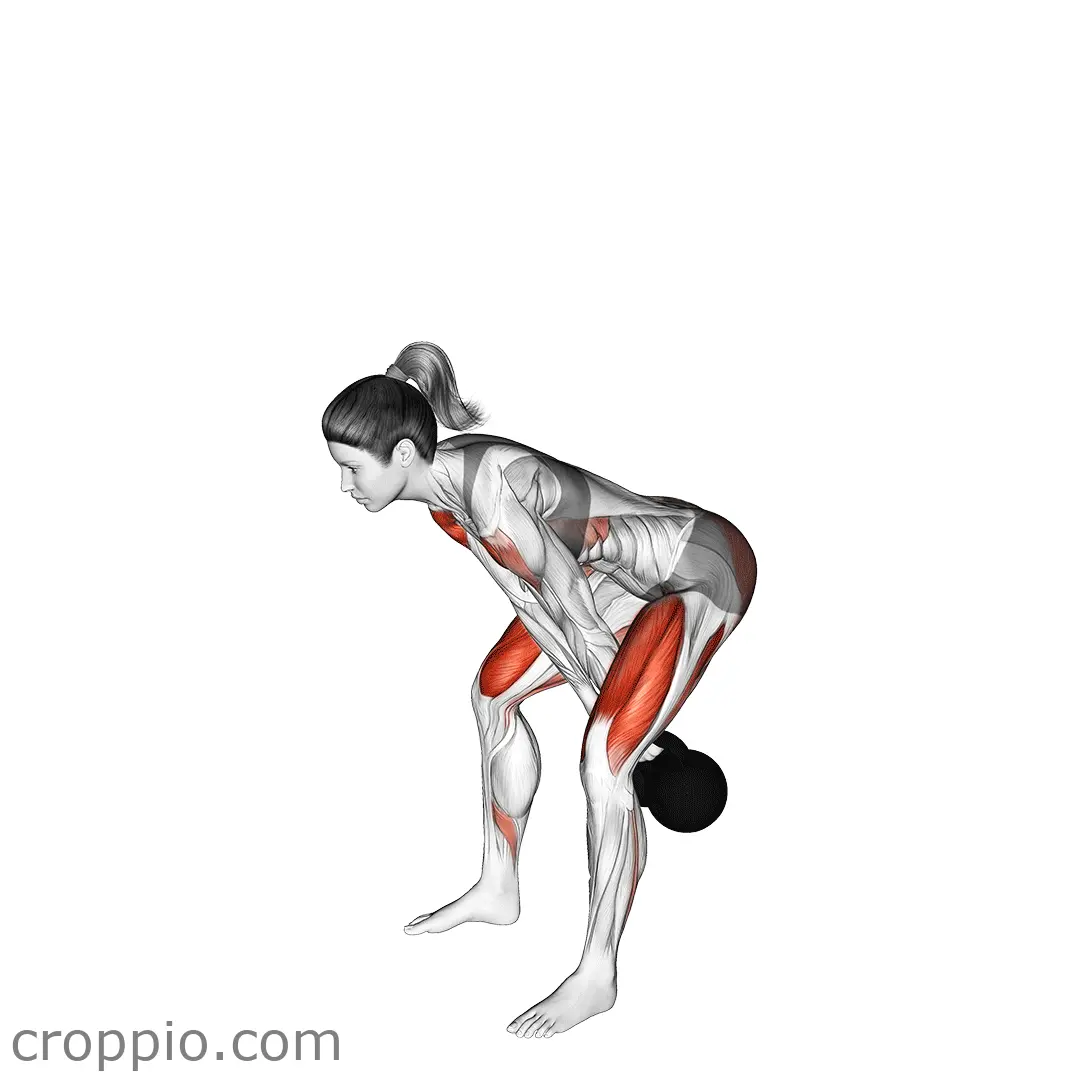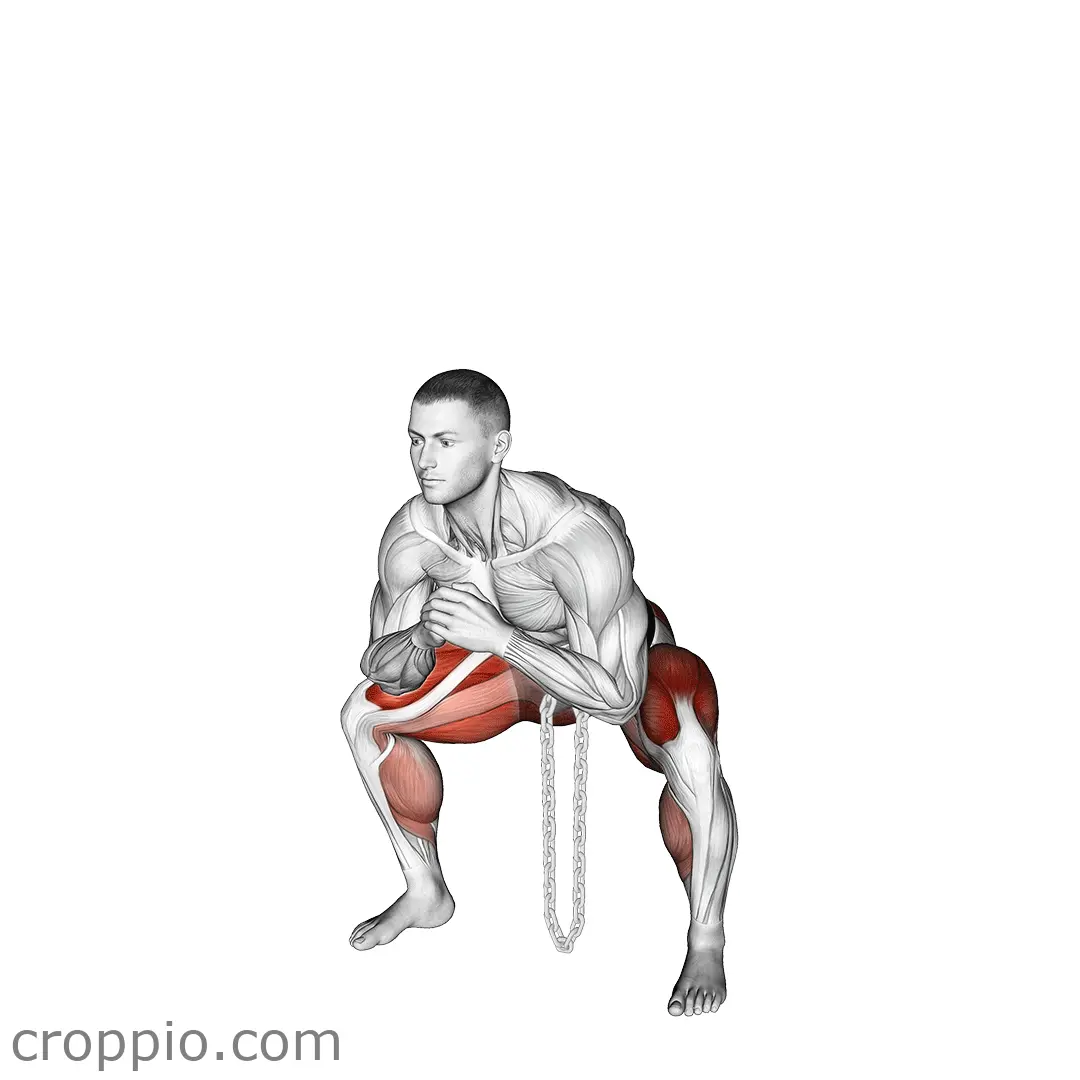Landmine Squat

Muscles Involved
The landmine squat is a compound exercise that primarily targets the quadriceps, hamstrings, and glutes. When performed correctly, the squat engages the core muscles, including the abdominal and lower back musculature, providing stability throughout the movement. Secondary muscles involved include the calves and hip flexors, which assist in the lowering and lifting phases. The unique angle of the landmine setup also allows for a more varied engagement of the upper body, particularly the shoulders and triceps, as they work to stabilize the weight.
Top Mistakes
- Starting with improper weight: Choosing a weight that’s too heavy can compromise form and lead to injury.
- Incorrect foot positioning: Placing the feet too close or too far apart may affect balance and the effectiveness of the squat.
- Neglecting core engagement: Failing to keep the core tight can result in excessive strain on the lower back.
- Bending at the waist: Allowing the torso to lean forward instead of maintaining a neutral spine can lead to poor technique.
Execution Tips
- Begin by positioning the barbell in the landmine apparatus, ensuring it's secure.
- Stand with your feet shoulder-width apart and hold the end of the bar with both hands at chest level, elbows pointing down.
- Engage your core and lower your body into a squat by bending at the knees and hips. Keep your chest up and back straight.
- Push through your heels as you rise, ensuring your knees don’t extend beyond your toes to maintain proper alignment.
- Focus on controlled movements to avoid any jerky actions and promote stability throughout the squat.
Workouts
Incorporate the landmine squat into your workout routine by performing 3 to 4 sets of 8 to 12 repetitions, aiming for moderate weights to build strength. It pairs well with exercises such as lunges, deadlifts, and leg presses for a comprehensive lower body workout. Additionally, consider integrating upper body exercises like push-ups or shoulder presses for a full-body routine. For best results, include the landmine squat at the beginning of your workout when your energy is highest.
Conclusion
The landmine squat offers numerous benefits, including improved lower body strength, enhanced core stability, and increased flexibility. It serves as an excellent alternative to traditional squats, particularly for those who may experience discomfort from a standard back squat. Additionally, the unique angle provided by the landmine equipment helps reduce strain on the lower back while promoting proper squat mechanics. By incorporating the landmine squat into your exercise regimen, you’ll contribute to overall muscle development and functional fitness.



